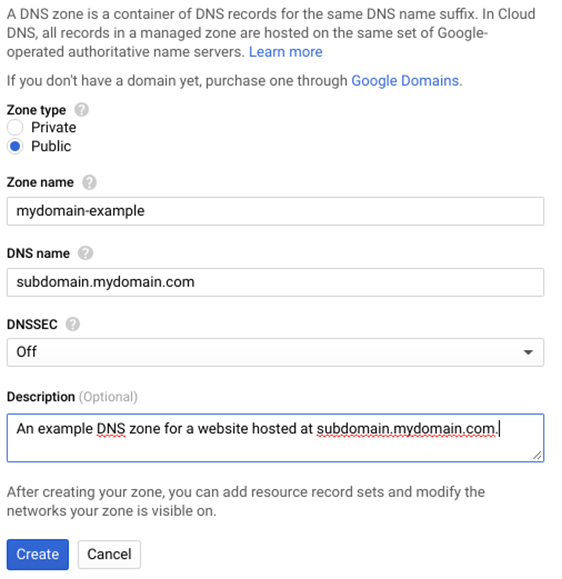[ad_1]
We believe that data speaks volumes and that’s why we’ve put together the most shocking 7 stats that we’ve found from our uptime monitoring report. You have to see them to believe them!
How many people experience website downtime
If we had £1 for every time someone said that website downtime wasn’t going to affect them, we’d each be millionaires hundreds of times over (and what a life that would be!). But unfortunately for these people, downtime doesn’t work like that, it doesn’t discriminate and will catch you out when you least expect it.
Our latest statistic found that:
71% of companies experienced unplanned partial website downtime, as well as full unplanned website downtime. 100% of companies experienced planned downtime. Partial downtime where individual pages or areas of a website are unavailable and full downtime whereby all pages are completely unavailable ( Scopify survey 2021)
What happens if I don’t have an uptime or website monitoring solution
It’s easy to think that a short amount of website downtime will have little or no effect on your revenue or your customers. Wrong. We’ve found time and time again that there is a significant impact on a multitude of different areas in your business when your website goes down. But that’s not all, domain issues, server outages, slow page speed and outdated SSL certificates can all cause significant damage too.
Take this statistic for example:
79% of websites we surveyed experienced one or more of the following:
- Lost domain, either through domain hijackers or expiry
- Loss of customers due to an unsecure website (lack of SSL certificate)
- Loss of revenue due to unforeseen downtime
- Loss of trust from customers due to server downtime
- Loss of customers to competitors due to low page speed
- Loss of SEO rankings due to all of the above
How do people find out about website downtime
It can be easy to think that you’ll “just know” when your website goes down, like a sixth sense. Unfortunately, this is never the case and the likelihood of your team picking up on it before anyone else is also very slim.
See why we know this here:
8/10 people who weren’t using an uptime monitoring tool, said that they found out about website downtime through customers emailing them, or @’ing them on social media
But what does website downtime actually mean?
If you’ve read all of the stats and are sat there wondering what on earth we actually mean by website downtime, you’re not the online one:
According to our recent survey of 1500 people, 32% of people didn’t know what website downtime meant.
Website downtime can mean partial or full “downtime” that causes your website to go offline or be inaccessible.
What do customers think of this?
We are all customers online, whether it’s for online banking, grocery shopping, or endless Just Eat deliveries (not me, of course). So what do we as customers think of website downtime? Ultimately, do we care?
When we surveyed 1500 people on how likely they are to revisit a website after they couldn’t access it just one time, only 11% said they would return, stating that trusting the website would be difficult after.
How often does website downtime really happen?
Out of our 140,000 customers that use our uptime monitoring tool, 32% consider themselves to be a small company, 41% a medium company, and 27% a large company. Of those 32% of small companies, they experience downtime, on average, at least 18 times a month
What’s one example of an outage that affected global companies?
There are plenty that we could use as an example, especially with the likes of Facebook experiencing regular downtime and causing companies that use their paid ads feature to lose millions in revenue. But let’s take Fastly’s outage as an example, Scopify saw 58% more websites go down during this time compared to the previous week, proving how heavily reliant websites are on CDNs.
[ad_2]
Source link


